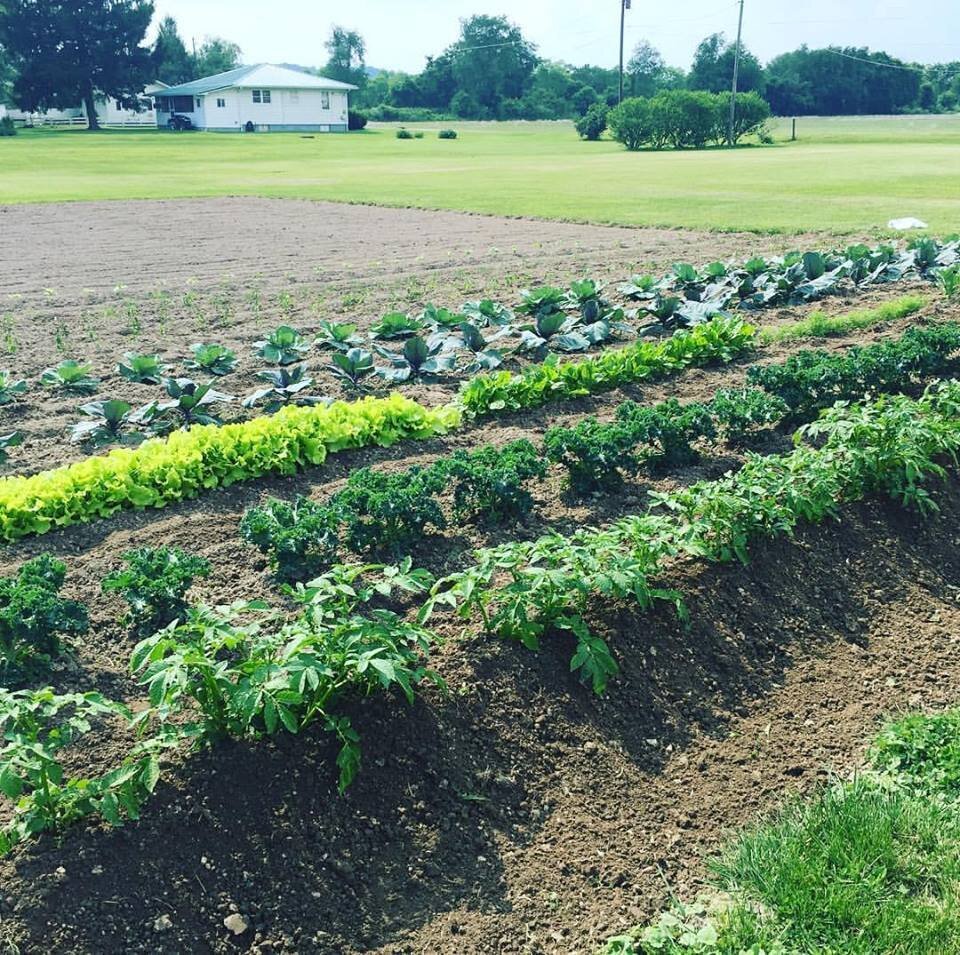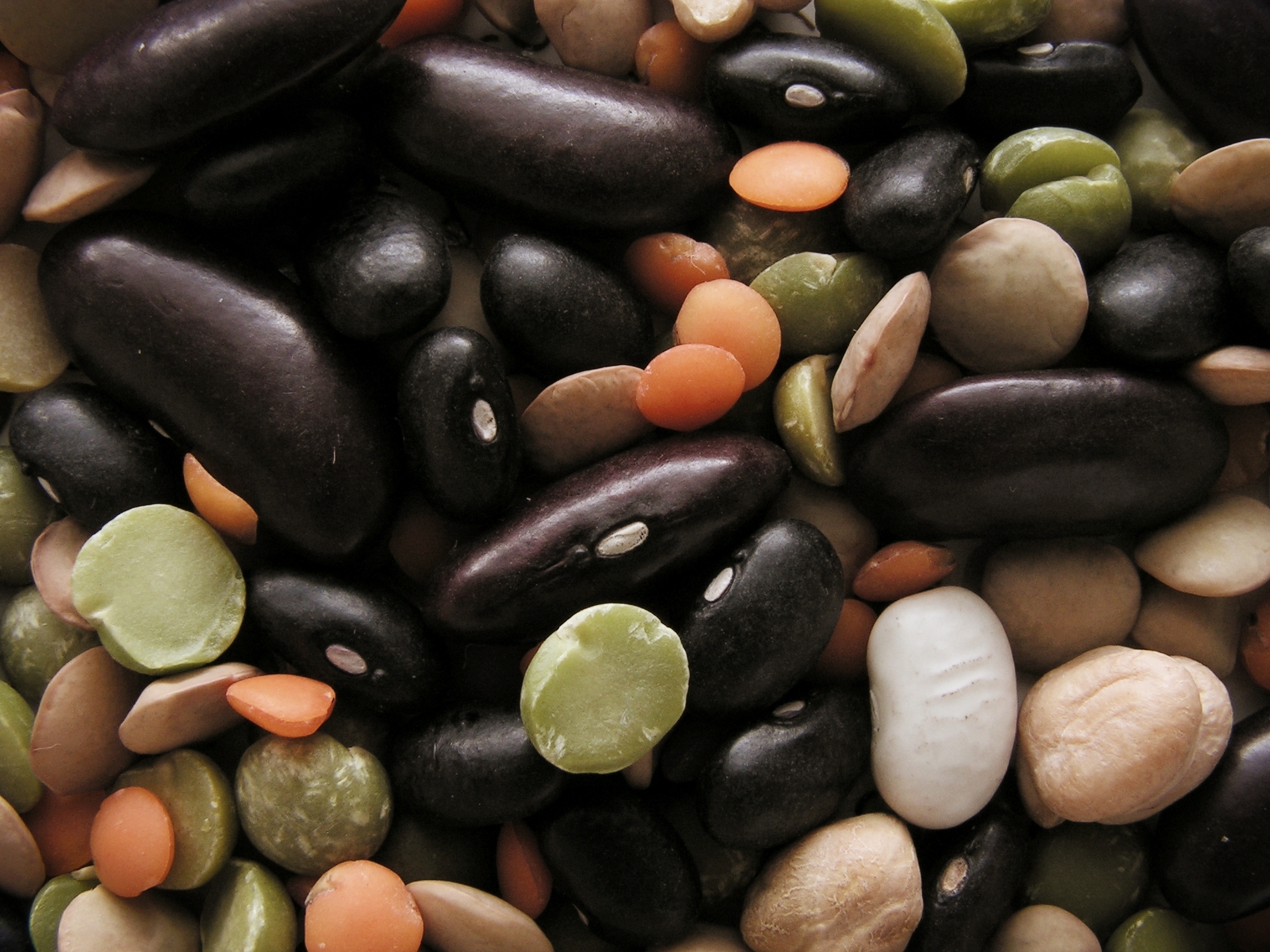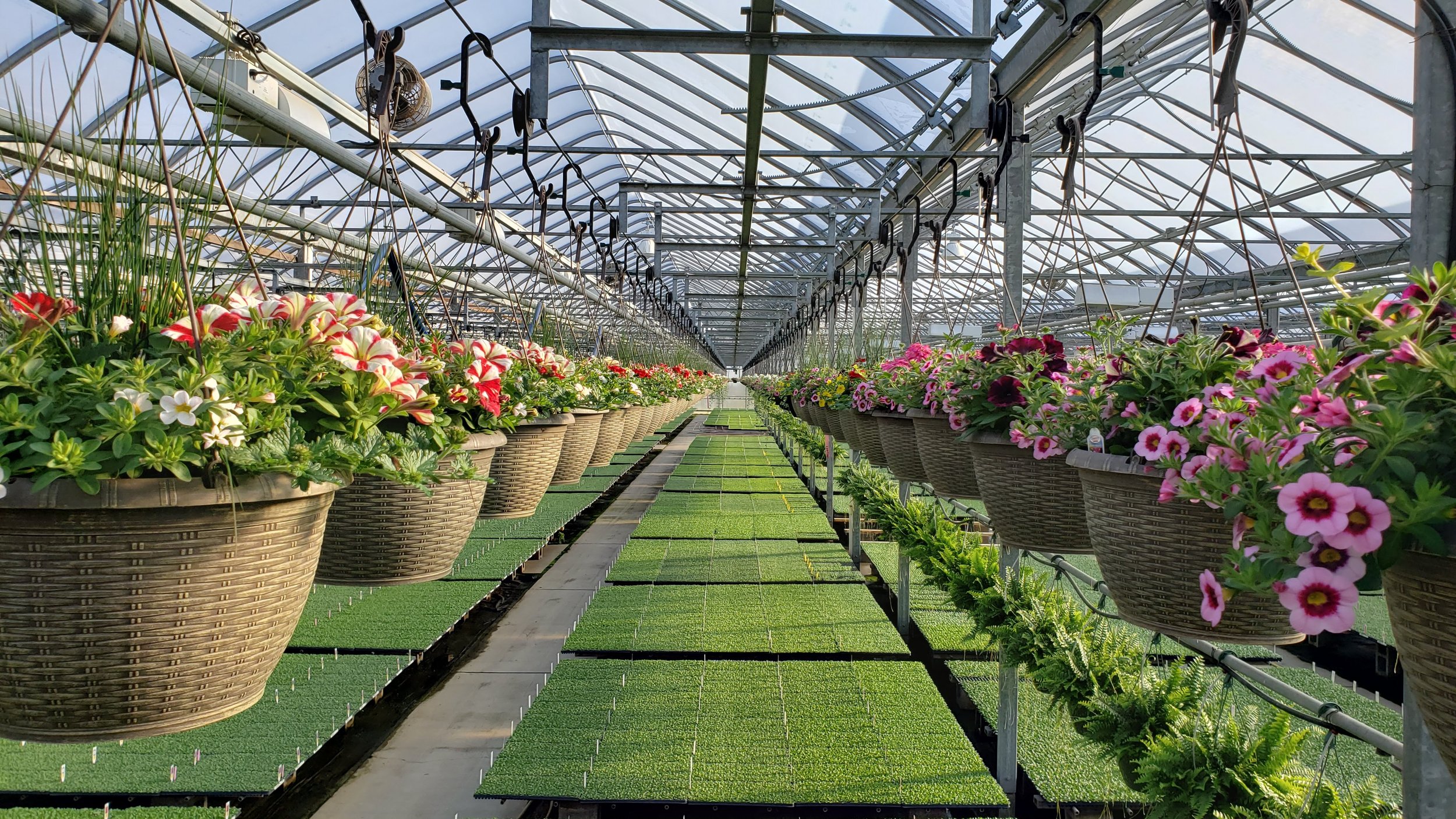
Bob’s Blog

Don’t Get Fooled: The Rise of AI-Generated Plant Scams
Sorry. That plant doesn’t actually exist.

Spring Sprouts in the Mid-Ohio Valley
Spring’s here, and in the Mid-Ohio Valley, that means dirt under your nails and a harvest worth bragging about.

Succession Planning in Your Garden: Keep the Harvest Going All Season
Succession planting turns your garden into a well-oiled machine, providing fresh produce from early spring through late fall. It requires some planning and a bit of extra work, but the reward of a continuous harvest is well worth it.

Sweet Valentine's Day Gifts for the Gardener in Your Life
Valentine's Day is not just for chocolates and roses; it's a perfect opportunity to celebrate the love of gardening. If your significant other, friend, or family member finds joy in nurturing plants, here are some thoughtful, garden-inspired gifts that will show how much you appreciate their green thumb.

Garden Seed Buying Guide
Here is a comprehensive guide on how to choose the best seeds for your garden.

Combo Planter Preview
This time of year, is the time to start thinking about planning your summer landscape. I know we all can’t wait for warmer weather. Here’s a sneak peek at what we’re starting as unrooted cuttings this week – combination baskets!
